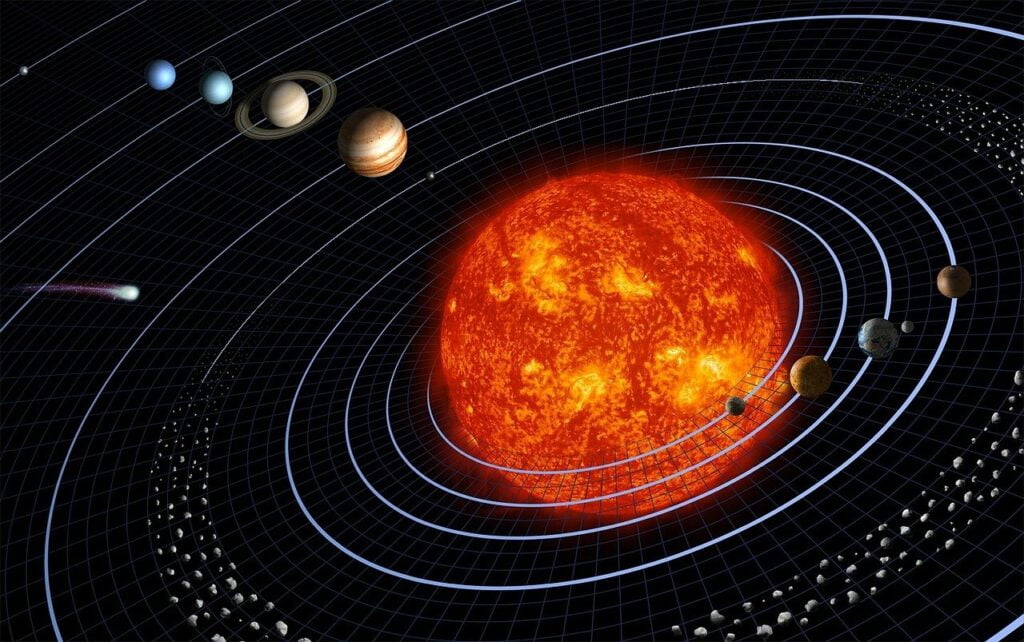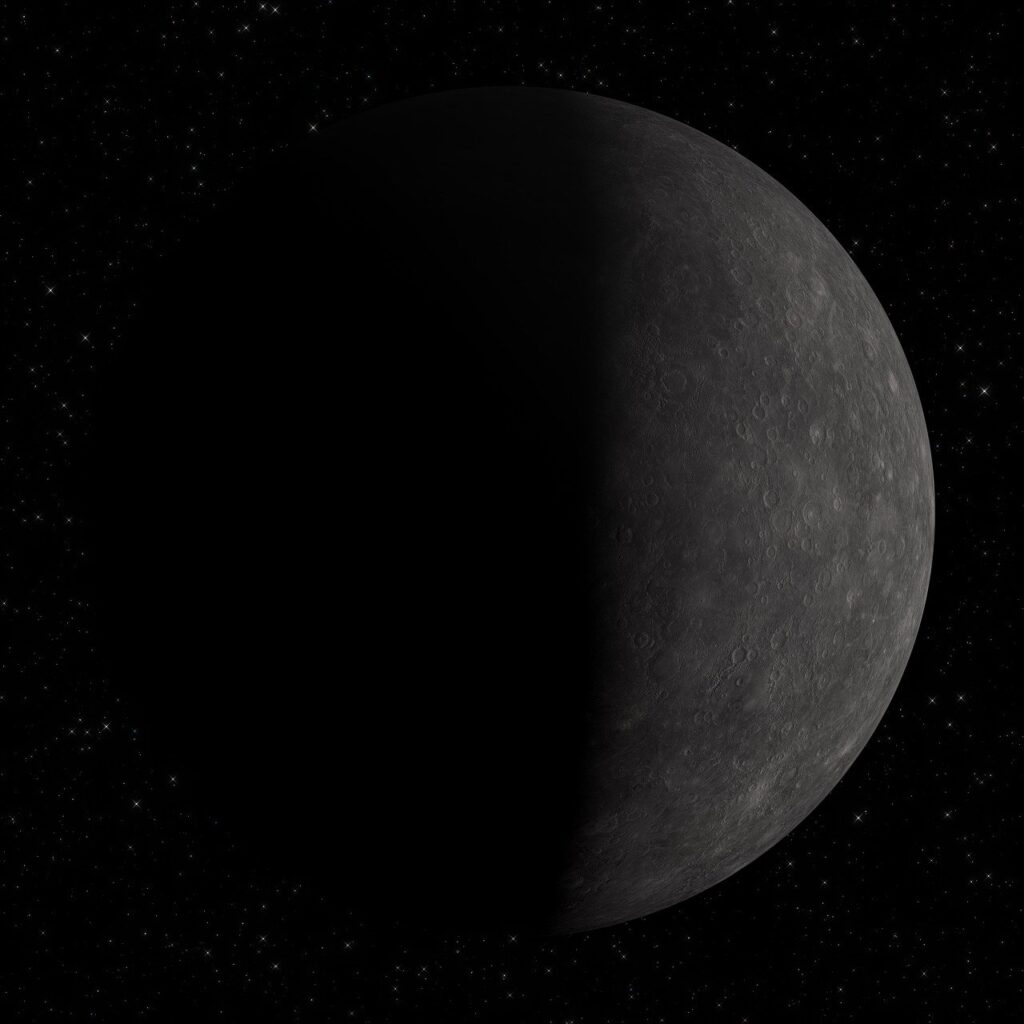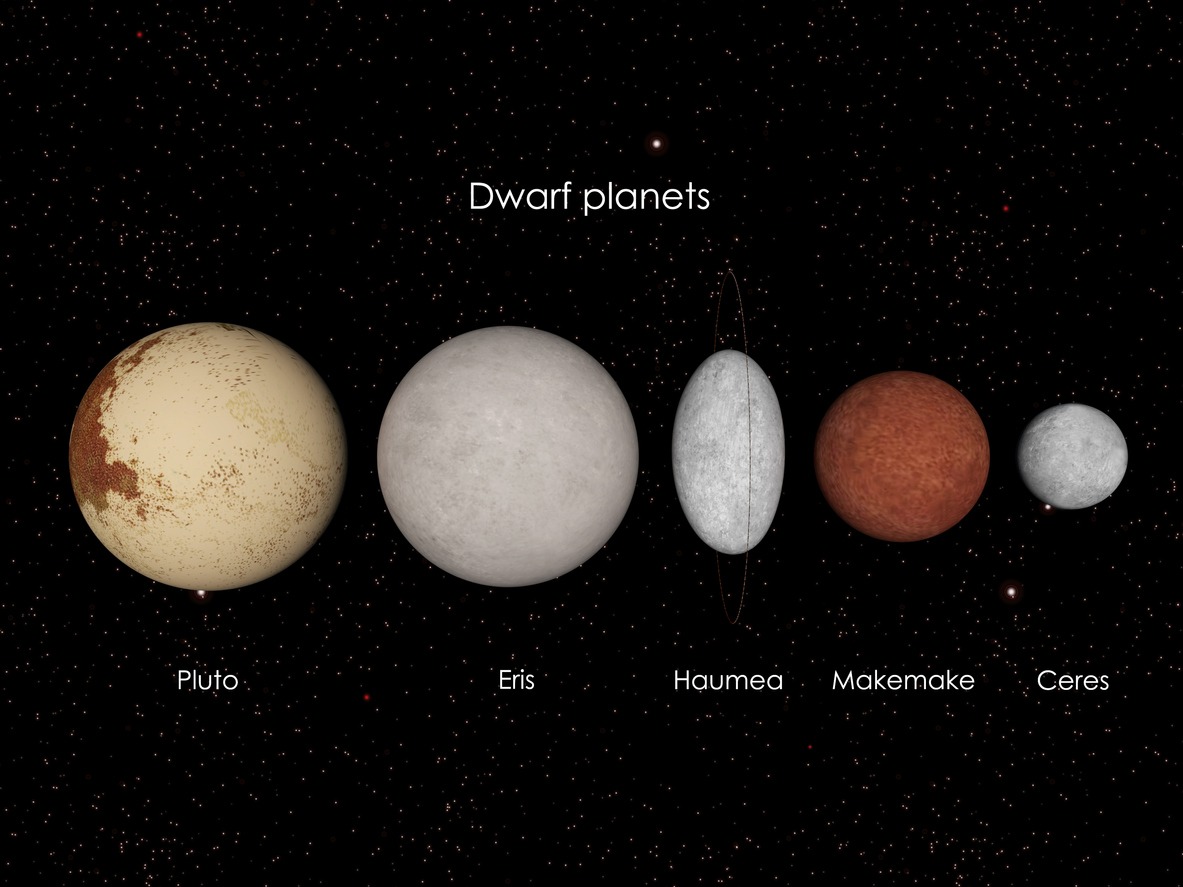
Dwarf planets are celestial bodies that share some characteristics with planets, but they do not meet all the criteria to be considered planets. They orbit the Sun, are massive enough to assume a round shape, and are not satellites of other bodies. However, they have not cleared their orbital neighborhood of other objects. This means that their orbits are shared with other smaller bodies, such as asteroids or comets.
Differentiating Dwarf Planets from Planets
The primary distinction between dwarf planets and planets lies in their ability to clear their orbital neighborhood. Planets have gravitationally swept away most of the smaller bodies in their path, leaving them with a clear orbital path. Dwarf planets, on the other hand, have not achieved this level of dominance, and their orbits may interact with other bodies.
This distinction between clearing and not clearing the orbital neighborhood is crucial because it speaks to the stage of planetary evolution. Planets have progressed to a point where they have cleared their paths, while dwarf planets are still in the process of forming and evolving.
History of Dwarf Planet Classification
The concept of dwarf planets emerged in the early 21st century as scientists discovered a growing number of objects in the outer solar system that were similar to Pluto in size and characteristics. These objects, collectively known as trans-Neptunian objects (TNOs), challenged the traditional definition of a planet, which was based on the eight classical planets that had been known for centuries.
In 2006, the International Astronomical Union (IAU) adopted a new definition of a planet, one that excluded Pluto and other similar objects. The new definition required a celestial body to meet three criteria:
- It must orbit the Sun.
- It must be massive enough to assume a nearly round shape under its own gravity.
- It must have cleared the neighborhood around its orbit.
Pluto failed to meet the third criterion, as it shares its orbit with many other smaller objects. This reclassification sparked significant debate among astronomers, as it demoted Pluto from planet status to dwarf planet.
Criteria for Dwarf Planet Classification
The IAU’s definition of a dwarf planet outlines three key criteria that a celestial body must meet to be classified as such:
- Planetary Orbit: The object must orbit the Sun.
- Hydrostatic Equilibrium: The object must be massive enough to assume a nearly round shape due to its own gravity, an attribute known as hydrostatic equilibrium.
- Uncleared Orbit: The object must have not cleared its orbital neighborhood of other significant bodies. This means that its orbit overlaps with other smaller objects, indicating that it has not yet achieved planetary dominance.
The Five Officially Recognized Dwarf Planets
As of 2023, there are five dwarf planets officially recognized by the IAU:
- Ceres: The largest object in the asteroid belt, Ceres is a rocky body with a diameter of about 950 kilometers. It has a dense core and a mantle and crust of ice and silicates.

- Pluto: The most well-known dwarf planet, Pluto is located in the Kuiper Belt, a region beyond Neptune’s orbit. It has a diameter of about 2,380 kilometers and is a complex world with a nitrogen-methane atmosphere, a rocky surface, and a subsurface ocean of liquid water and ammonia.

- Haumea: A dwarf planet with a highly elongated shape (an oblate spheroid), Haumea is thought to have been formed from the breakup of a larger body. It has a diameter of about 1,430 kilometers and is similar to Pluto in composition.
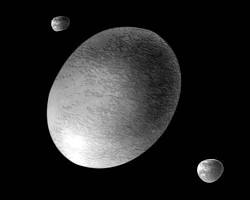
- Makemake: Another dwarf planet with an elongated shape, Makemake is similar to Haumea in composition and is thought to have a subsurface ocean. It has a diameter of about 1,300 kilometers.
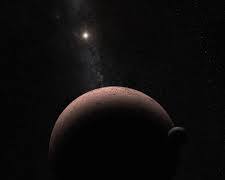
- Eris: The largest dwarf planet discovered after Pluto, Eris is slightly more massive than Pluto but has a lower average density. It has a diameter of about 2,377 kilometers and orbits in the Kuiper Belt.
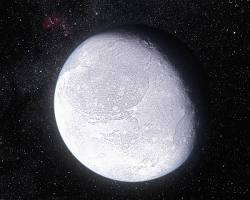
These five dwarf planets represent a diverse range of celestial bodies, each with its unique characteristics and mysteries to unravel. As our understanding of the solar system continues to evolve, we may encounter even more dwarf planets, expanding our cosmic horizons and providing a deeper appreciation for the diversity of planetary bodies in our neighborhood
Geological Features of Dwarf Planets
Dwarf planets, the smallest self-gravitating bodies in the solar system, have captured our imaginations with their alien landscapes and potential for subsurface oceans. While their size may be diminutive, their geological features reveal a rich history of planetary evolution.
Craters: The Scars of Cosmic Impacts
Craters are a ubiquitous feature on dwarf planets, testaments to the bombardment they have endured over billions of years. These impact craters, ranging in size from small pits to vast basins, provide clues about the age and composition of dwarf planet surfaces.
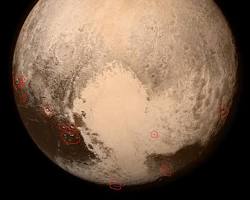
Mountains and Valleys: Sculpted by Internal and External Forces
Mountain ranges and valleys, like those on Earth, adorn the surfaces of dwarf planets, formed by a combination of internal and external processes. Internal forces, such as volcanism and tectonic activity, can raise mountains and create rift valleys. External forces, such as impacts and weathering, can erode these features over time.
Plains: Sedimentary Deposits of a Dynamic Past
Plains, often covered in smooth, dark material, are common on dwarf planets. These plains are believed to be sedimentary deposits, formed by the accumulation of dust, ice, and other debris over time. They may record periods of intense geological activity or the influence of ancient oceans.
Ice and Volatiles: Sculpting and Shaping Dwarf Planet Landscapes
Ice and other volatiles, such as carbon dioxide and methane, play a significant role in shaping dwarf planet landscapes. Ice can be a major component of mountain ranges, plains, and crater walls. It can also sublimate and condense, creating interesting landforms such as pits and domes.
Subsurface Oceans and Lakes: A Hidden Realm of Liquid Water
The possibility of subsurface oceans or lakes on dwarf planets has captured the attention of scientists. These bodies, shielded from the harsh conditions of space, could harbor liquid water, a critical ingredient for life as we know it.
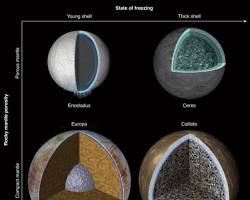
Atmospheres and Climates of Dwarf Planets
While dwarf planets are generally thought of as airless bodies, they do possess thin atmospheres composed primarily of nitrogen, carbon monoxide, and methane. These atmospheres are extremely cold and tenuous, but they can still play a role in regulating the surface temperature and climate of dwarf planets.
The Impact of Atmospheres on Dwarf Planet Climates
The thin atmospheres of dwarf planets interact with their surfaces, influencing the distribution of heat and the formation of clouds. These interactions can create a complex interplay of temperature gradients, atmospheric circulation, and weather patterns.
Atmospheric Escape Mechanisms and Their Implications
The tenuous atmospheres of dwarf planets are subject to escape mechanisms, such as sublimation, sputtering, and atmospheric drag. These mechanisms can deplete atmospheric gases over time, impacting the climate and evolution of dwarf planets.
Orbits and Dynamics of Dwarf Planets
Dwarf planets, a captivating class of celestial bodies, reside in the vast expanse of our solar system. Unlike planets, they have not cleared their orbital neighborhoods of other objects. Despite this distinction, dwarf planets exhibit diverse and intriguing orbital characteristics that hold clues to their formation and evolution.
Orbital Characteristics
Dwarf planets exhibit a wide range of orbital parameters, reflecting their unique histories and interactions with the solar system. Their eccentricities, the deviations of their orbits from perfect circles, span from nearly circular to highly elliptical. Likewise, their inclinations, the angles between their orbital planes and the solar system’s ecliptic plane, vary from nearly aligned to highly inclined.
Semi-major axes, representing the average distances between dwarf planets and the Sun, also differ significantly. Some dwarf planets orbit within the inner solar system, while others reside in the frigid depths of the Kuiper Belt or the scattered disk, regions beyond the orbit of Neptune.

Interactions with the Solar System
Dwarf planets constantly interact with other bodies in the solar system, shaping their orbital dynamics. Gravitational perturbations, caused by the gravitational pull of other celestial objects, can influence the paths of dwarf planets, causing them to accelerate, decelerate, or even change their orbital inclinations.
Collisions, the direct impacts between dwarf planets, can also significantly alter their orbits and even lead to their destruction. Such collisions played a crucial role in shaping the current distribution of dwarf planets in the solar system.
Implications for Formation and Evolution
The orbital characteristics of dwarf planets hold important clues about their formation and evolution. Their varied eccentricities and inclinations suggest that they formed under dynamic conditions, influenced by the gravitational interactions of other bodies.
Semi-major axes, on the other hand, provide insights into the early history of the solar system. Dwarf planets residing in the inner solar system likely formed closer to the Sun, while those in the outer solar system originated in the cold, distant regions where they currently reside.
Future Exploration of Dwarf Planets
Our understanding of dwarf planets is rapidly expanding thanks to ongoing and planned missions dedicated to their exploration. NASA’s New Horizons mission successfully flew by Pluto in 2015, providing unprecedented close-up images and data, revealing a complex and diverse world.
Other missions, such as NASA’s OSIRIS-REx mission, are currently en route to rendezvous with dwarf planets Ceres and Bennu, respectively, aiming to study their geology, composition, and potential for harboring organic molecules.
Future missions envision even bolder endeavors, including potential human exploration of dwarf planets like Pluto or Ceres. Such missions would allow for direct sampling and in-situ investigations, opening up new avenues for scientific discovery.
Conclusion
Dwarf planets, despite their exclusion from planetary status, are fundamental components of our solar system. Their orbital characteristics, shaped by interactions with other bodies and the early history of the solar system, provide valuable insights into the formation and evolution of our cosmic neighborhood.
Ongoing and future exploration missions are expanding our knowledge of dwarf planets, revealing their unique geologies, atmospheres, and potential for harboring life. These discoveries hold the promise of deepening our understanding of the universe and our place within it. As we continue to explore and study dwarf planets, we open up new horizons for scientific discovery and the potential for transformative breakthroughs in our understanding of the cosmos.
You may also like:
Mercury: The Closest Planet to the Sun
Venus: The Earth’s Twin or a Very Different Planet?
Mars: Comprehensive Exploration, unveiling the Mysteries
Jupiter: A Cosmic Giant – Symphony of Storms
Saturn: A Gaseous Giant with Enthralling Rings and Diverse Moons
Useful links:
NASA:
Dwarf Planet Ceres: https://science.nasa.gov/dwarf-planets/ceres/facts/
Dwarf Planets in Our Solar System: https://www.asc-csa.gc.ca/eng/astronomy/solar-system/
New Horizons Exploration: https://science.nasa.gov/resource/asteroid-belt/
European Space Agency (ESA):
Dwarf Planets: https://www.esa.int/Science_Exploration/Space_Science/Gaia/Jupiter_s_moon_Europa_to_obscure_distant_star
Pluto Mission: https://www.esa.int/ESA_Multimedia/Videos/2022/03/Juice_s_flyby_of_Europa_close-up

